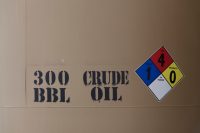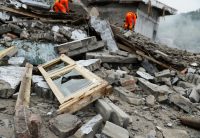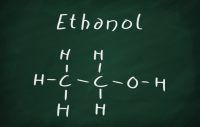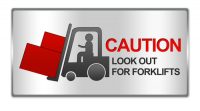GHS Container Labels Review—What Employers Need to Know
The final deadline for hazardous chemical manufactures, importers, and distributors required to comply with the Hazard Communication (HazCom) label requirements that were amended when OSHA adopted the Globally Harmonized System of Classification and Labeling of Chemicals (GHS) has passed. The June 1, 2016, deadline for employers to update alternative workplace labeling and their hazard communication […]










